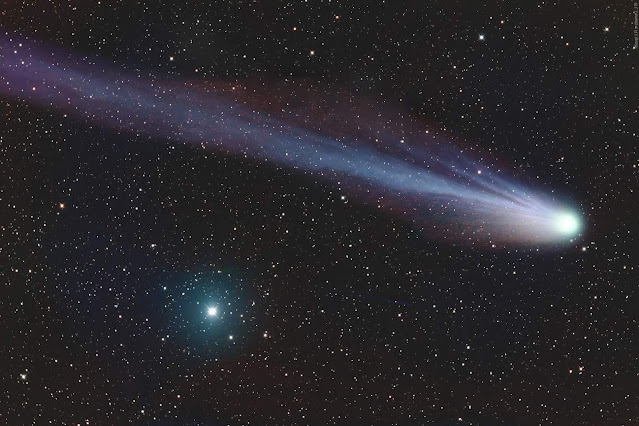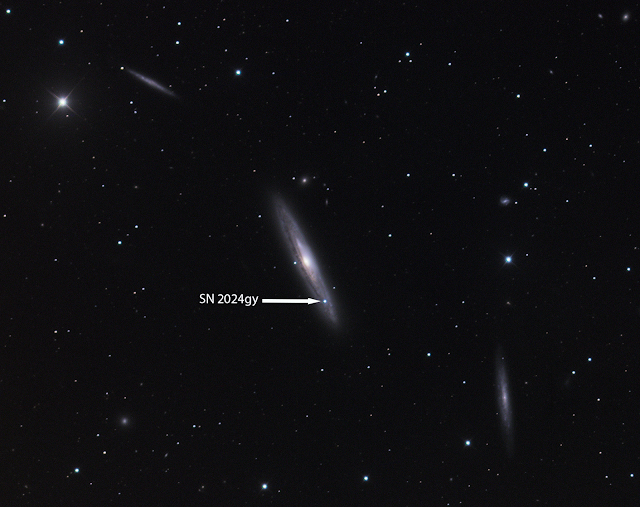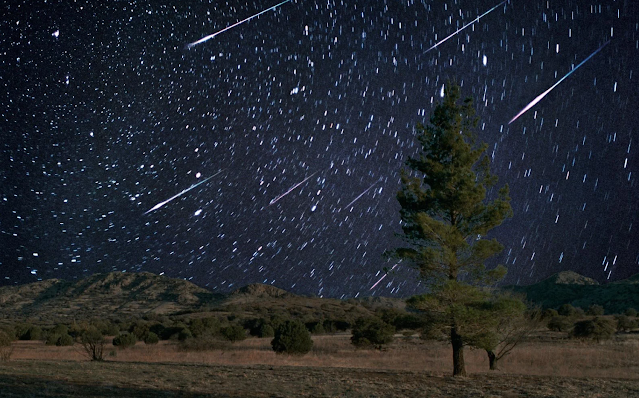Observing the Night Sky with Field Binoculars
Observing the night sky with a pair of field binoculars can be an incredibly rewarding and immersive experience for both novice and seasoned stargazers. To make the most of your stargazing adventure, here are some of the best ways to use field binoculars for observing the night sky.
First and foremost, it's essential to find a suitable location away from light pollution. Light pollution from streetlights and buildings can significantly hinder your ability to see celestial objects. Choose a dark, open area, such as a park or countryside, to maximize your viewing experience. Once you've found the right spot, let your eyes adjust to the darkness for at least 15-20 minutes to fully take in the wonders of the night sky.
Secondly, stabilize your binoculars by using a tripod or a specialized binocular mount. Holding binoculars by hand for extended periods can result in shaky views and make it challenging to focus on celestial objects. A tripod or mount will provide stability and allow you to observe the night sky with steady hands. It's also a good idea to use a red flashlight to read star charts or adjust your equipment, as red light does not affect your night vision as much as white light.
Finally, use your binoculars to explore various celestial wonders. Start by observing the Moon, as binoculars can reveal its craters and mountains in striking detail. You can also spot bright planets like Jupiter and Saturn, which show their Galilean moons and distinct ring systems when viewed through binoculars. Don't forget to explore star clusters, double stars, and even some nebulae. Utilizing field binoculars can help you discover the hidden gems of the night sky, making your stargazing experience truly memorable.










Comments
Post a Comment